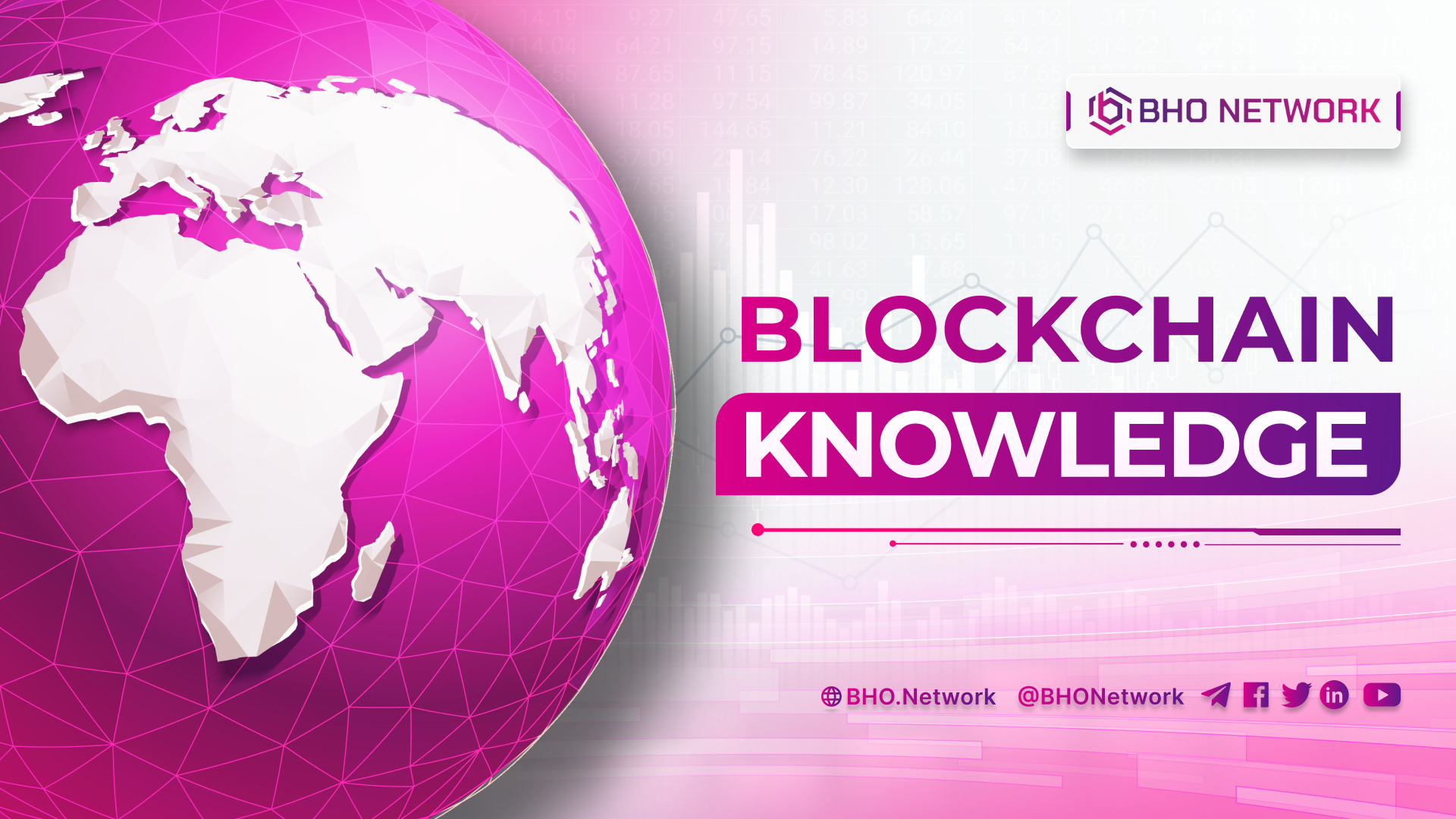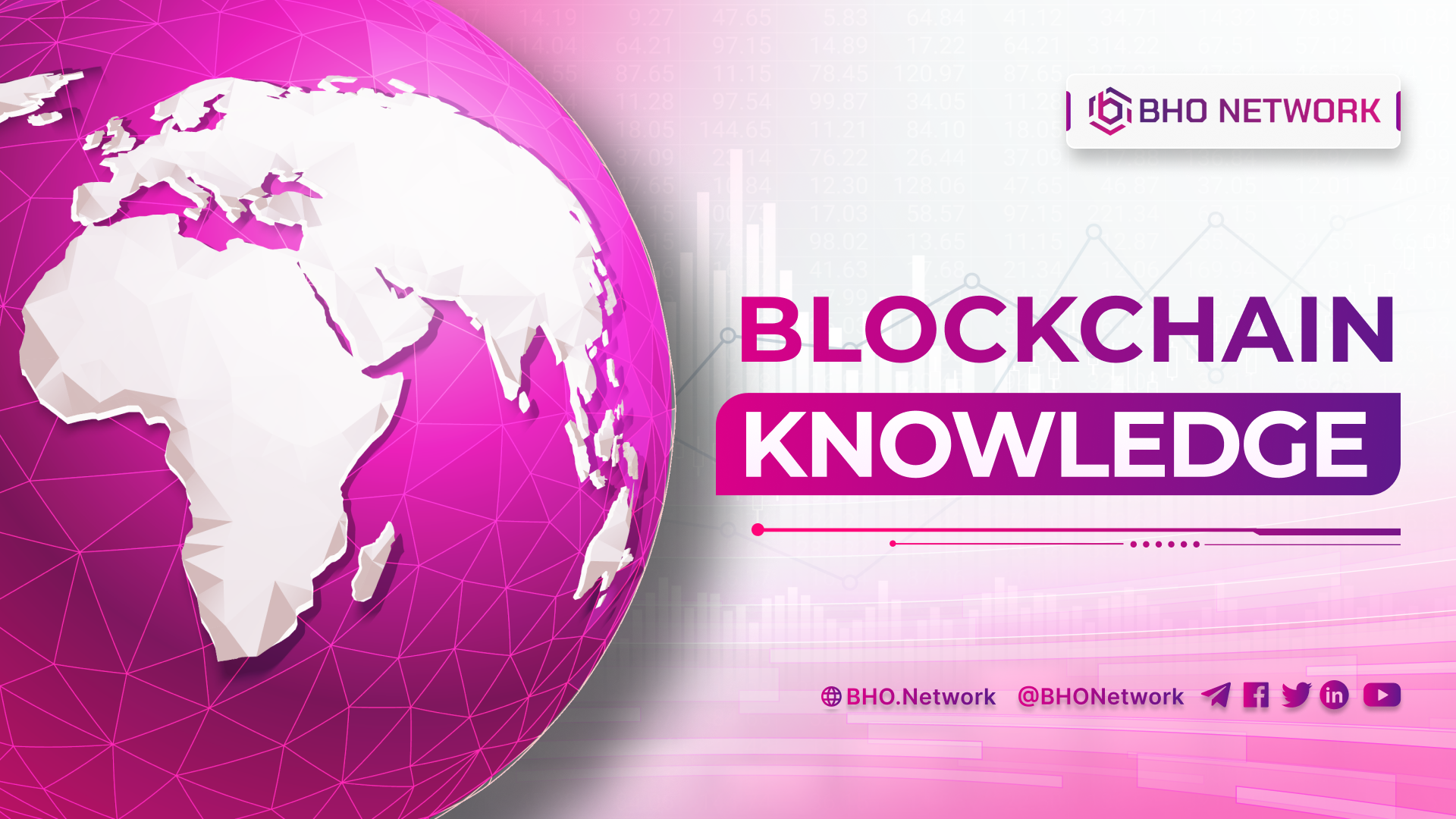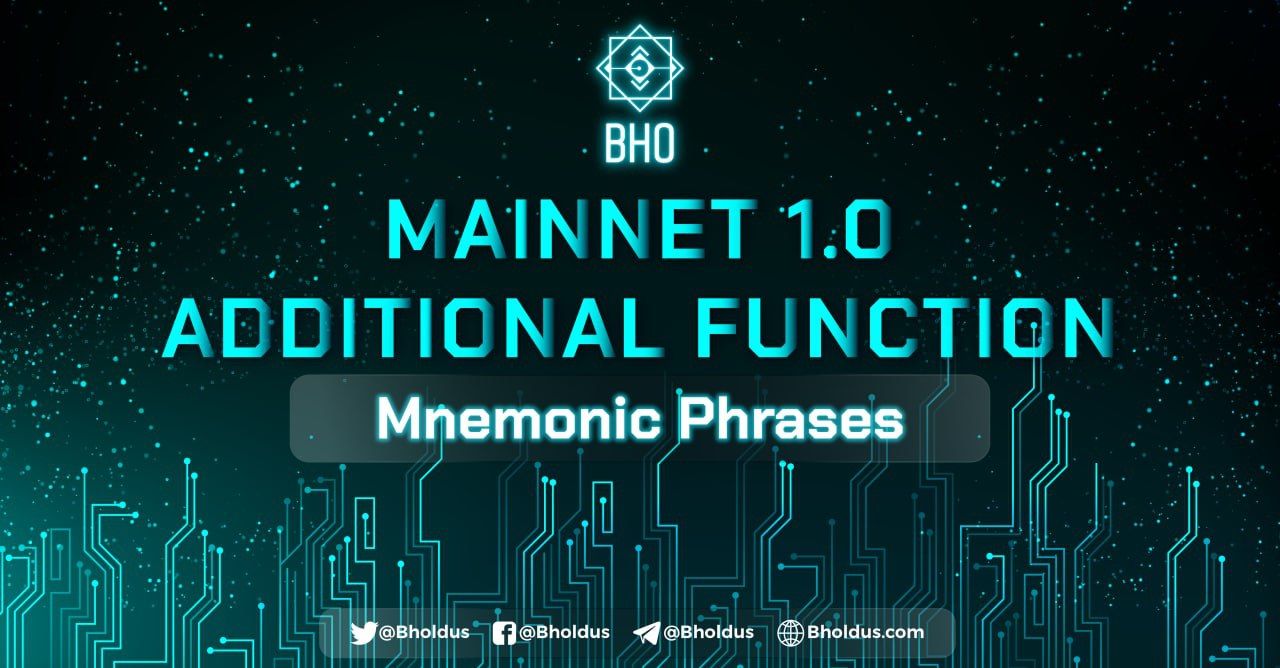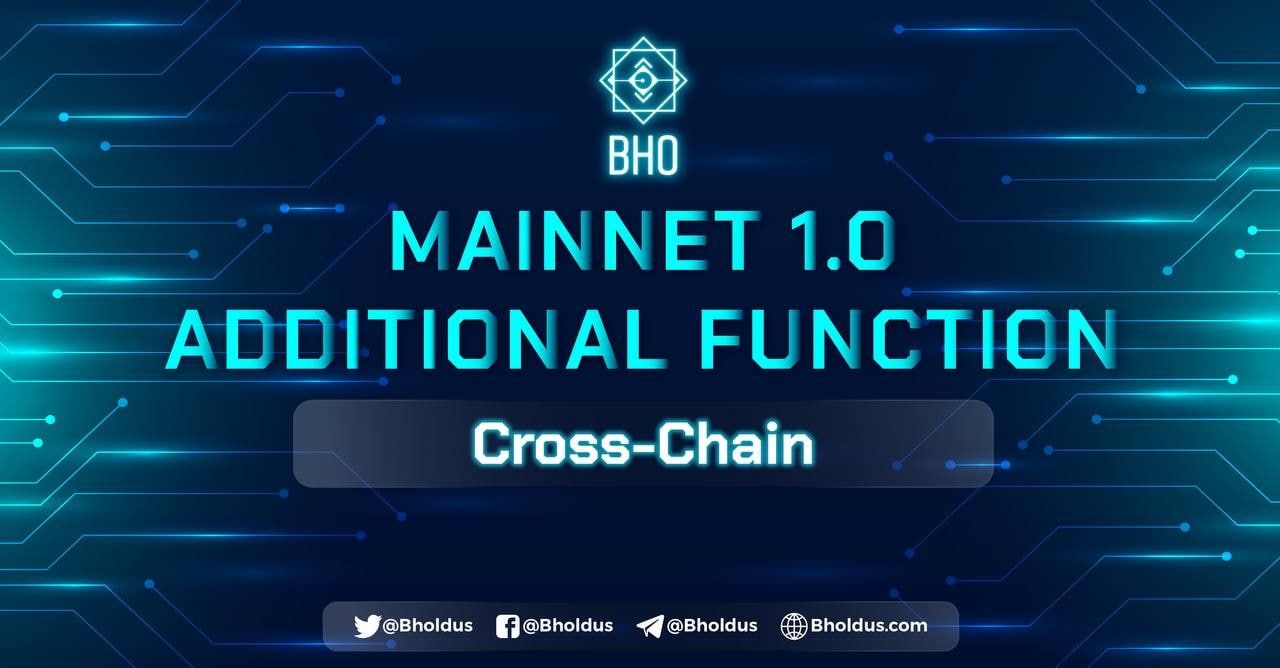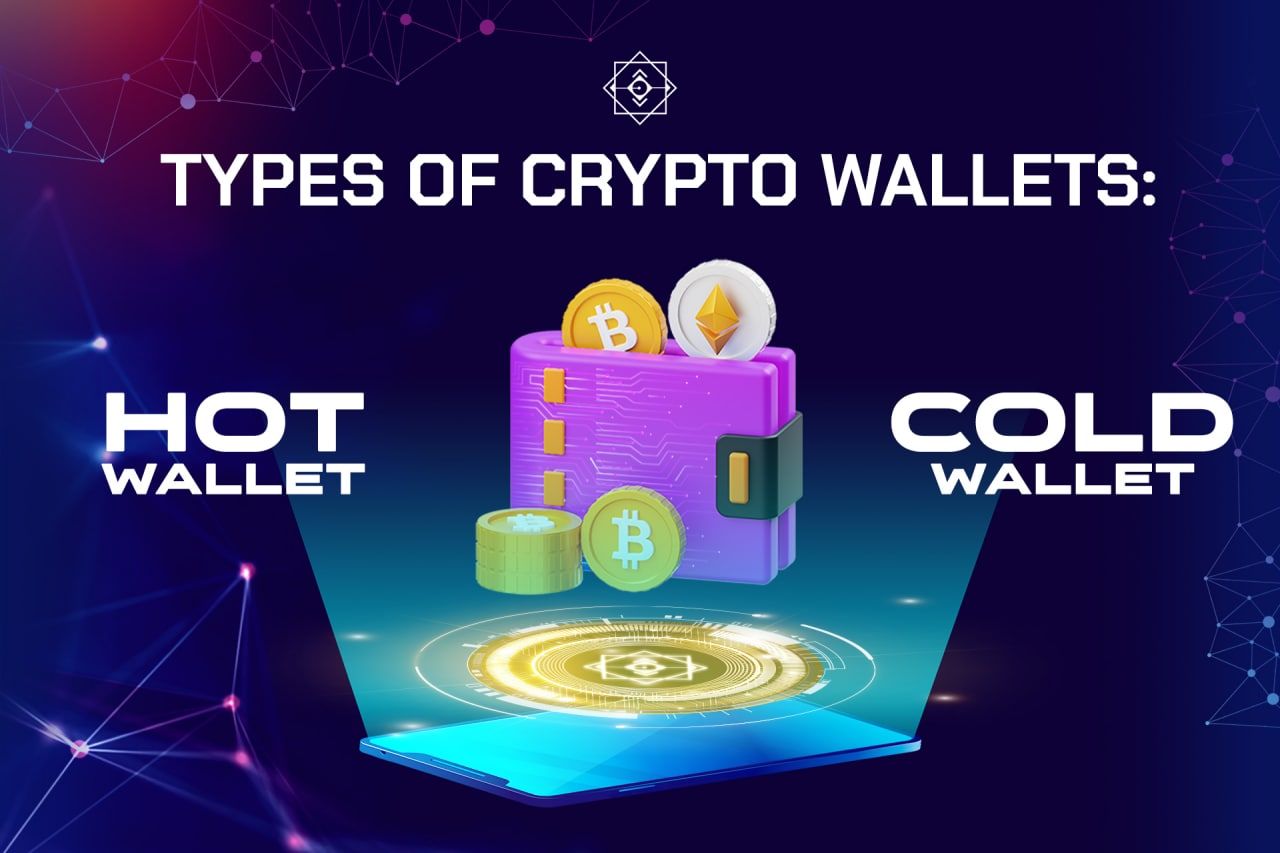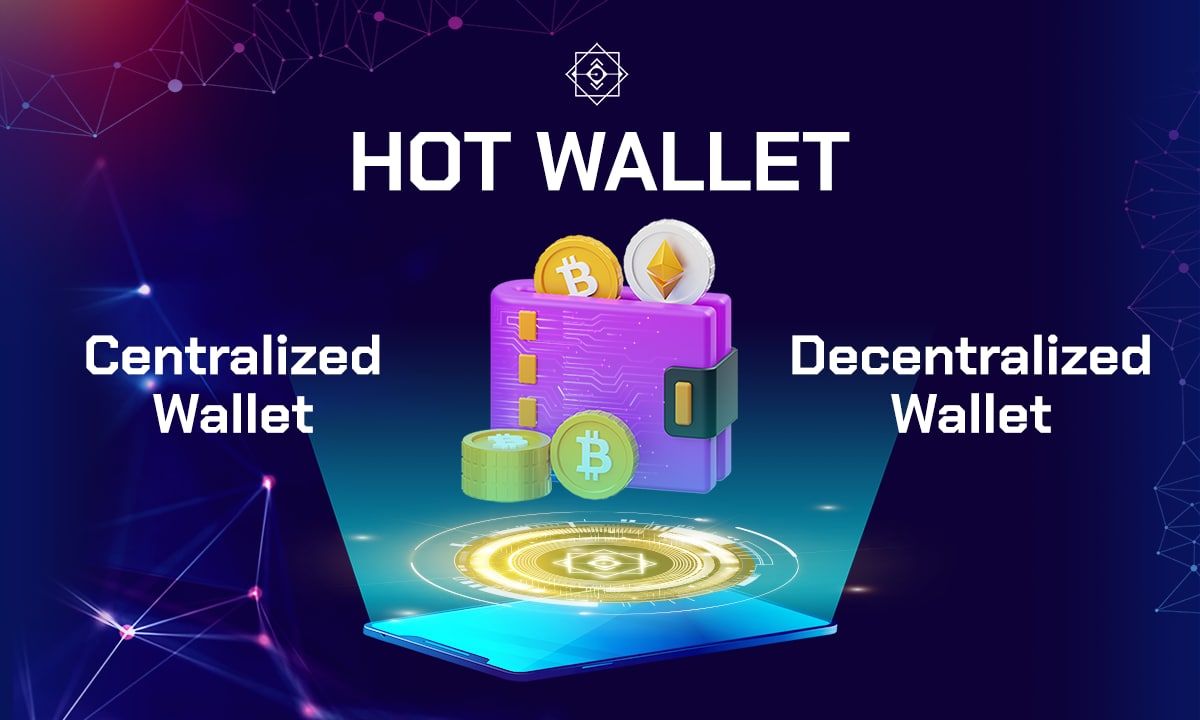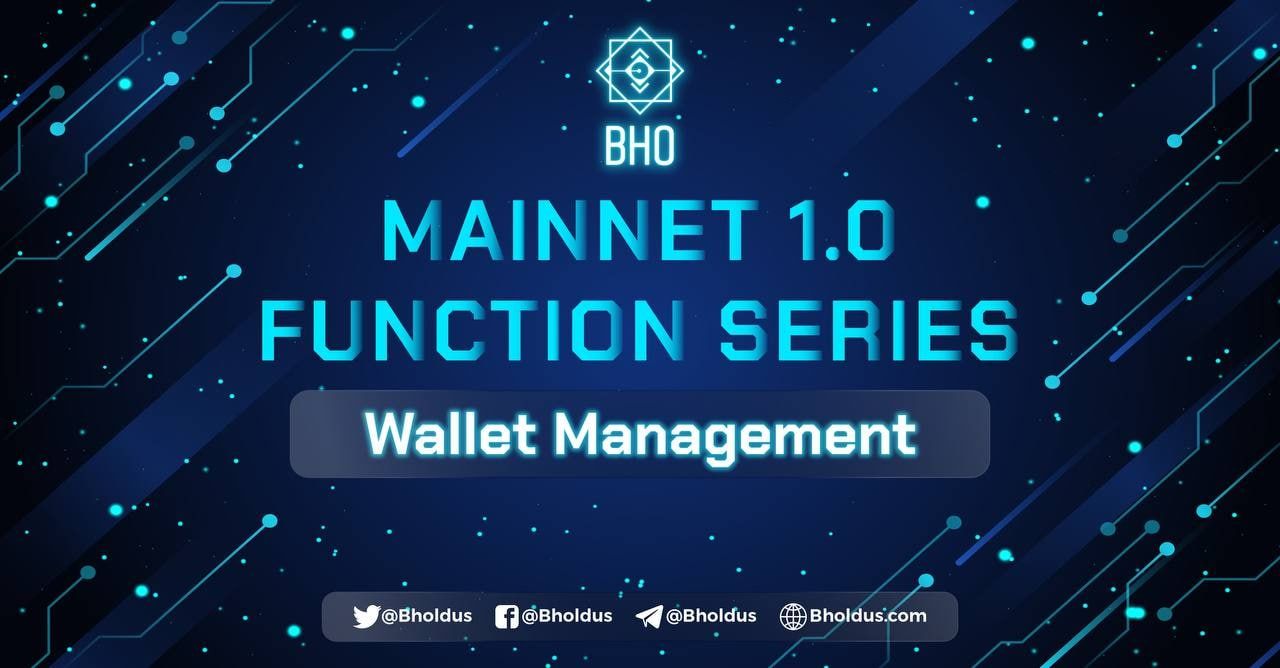- Blog
- Crypto News
- What is Yield Farming? Everything you need to know
What is Yield Farming? Everything you need to know
- 1. What is Yield Farming?
- 2. History of Yield Farming
- 3. How does Yield Farm work?
- 3.1 What is yield mining?
- 3.2 What is the total value of locked TVL?
- 3.3 What is Collateral?
- 3.4 How is the profit generated?
- 3.5 What are APY and APR?
- 4. Yield Farming Forms Yield
- 4.1 Yield Farm LP
- 4.2 Staking Farm
- 5. Features of Yield Farming
- 5.1 Advantages
- 5.2 Disadvantages
- 6. How to join Yield Farming
- 7. Some outstanding Yield Farming platforms Yield
- 8. Some risks of Yield Farming
- 8.1 Risks in system design The system
- 8.2 Liquidation Risks
- 8.3 Smart Contract Risks
- 8.4 Bubble
- 9. Popular Yield Farming Protocols
- 9.1 Aave The aave
- 9.2 Compound
- 9.3 Curve Finance
- 9.4 Uniswap
- 9.5 Instadapp
- 9.6 SushiSwap
- 9.7 PancakeSwap
- 9.8 Balancer
- 9.9 Yearn.finance
- 9.10 Venus Protocol
- 10. The Future of Yield Farming
- 10.1 Potential
- 10.2 Difficulties
What is Yield Farming? What makes this platform stand out? What are the project's opportunities, challenges, and risks for players in the Crypto community? BHO Network will help readers find the answer through the reading content below. Please carefully refer to the article's content to gain more experience participating in this virtual currency market!
1. What is Yield Farming?
Yield Farming is a term used to refer to users trying to profit from Crypto assets by providing liquidity to Decentralized Finance. This "profit farming" activity will help you financially from the Bitcoin cryptocurrency.
2. History of Yield Farming
Synthetix is the pioneering synthetic asset protocol in Yield Farm (July 2019). The system rewarded the SNX Governance Token to the liquidity provider with the value of Seth/ETH on Uniswap V1.
After one year, Compound Finance was created to launch Yield Farm to focus on COMP Governance Token. The program is ongoing and awards Tokens to two groups of objects with activity levels. The implementation of Yield Farm COMP impacted liquidity mining and partially influenced the emergence of passive income.
3. How does Yield Farm work?
Yield Farm is closely related to AAM models such as Balancer, Uniswap, and Mooniswap,... LPs will provide liquidity into the Liquidity Pool, allowing users to borrow, lend and exchange Tokens. The revenue generated is the transaction fees of the end-users in the Pool. Specifically, about Yield Farmworks, the following content will be mentioned in more detail.
3.1 What is yield mining?
Yield mining is locking the cryptocurrency and getting rewarded after the activity ends. From a different perspective, this activity is similar to sending money. In some exceptional cases, yield mining is also associated with LPs - who provide money to the settlement pool with Tokens.
You can use the share of Tokens sent to the liquidity pool to earn more rewards and increase profits. Players can perform mining on multiple blockchain platforms if the exchange has a contract support feature.
Read more: Smart Contract - What is a smart contract? Knowledge of SC
3.2 What is the total value of locked TVL?
Yield Farming's locked value is the total liquidity in the liquidity pool. This is an indicator of the "health" of Defi and the mining yield market as a whole. Alternatively, you can rely on the total TVL to recognize the signature and compare the "market share" of the protocols.
You can track the total locked value on Defi Pulse by checking the page for the highest amount of locked ETH or cryptocurrencies in a decentralized finance application. The aggregated results will help players have an overview of mining activities.
3.3 What is Collateral?
Collateral in Yield Farming is used to secure a player's loan. In essence, the mortgage in Yield Farm is similar to how insurance works, and players will be guaranteed safety when transacting on platforms.
If the value of the assets falls below the required level, there is a high risk that you will have to liquidate everything. To prevent this from happening, players need more collateral. Before participating in this activity, users need to learn the exchange rules to avoid unnecessary risks.
3.4 How is the profit generated?
Yield Farming's profit is calculated on an annual basis and you can get it in 1 time when there is a liquidity wave. The metrics used when assessing the resulting profit are APR (without influence) and APY (with force). If there is compound interest, the player will have more assets directly reinvesting the gain.
Yield Farming is highly competitive, so keep in mind that metrics are estimates and forecasts only. Player rewards can change quickly. If the user has a specific strategy, it will increase the chances of receiving tips and assets. Besides, APR and APY come from other majors, so users must estimate Defi's profit by day and week as needed.
3.5 What are APY and APR?
Devi's ecosystem has APY and APR. Currently, both algorithms are used to pay an annual percentage to users for depositing into the system. Although they have the same use, the two algorithms have differences, specifically as follows:
- APR is used to track the depositors' profits earned from Coins for one year.
- APY is used to track the amount of margin for one year if the interest income is reinvested continuously.
4. Yield Farming Forms Yield
Farming has two operating forms, Yield Farm and Stake Farm, with the common point of needing users to deposit cryptocurrency into a smart contract. The main difference is the contract involved. Details of each activity will be further mentioned in the content below.
4.1 Yield Farm LP
In Yield Farm LP, you will deposit cryptocurrencies into a smart contract to facilitate a liquidity pool as a decentralized trading pair between two or more cryptocurrencies. Transactions are made with cryptocurrency provided by LPs, at which point users will be exchanged for LP rewards for Tokens.
4.2 Staking Farm
You deposit cryptocurrency into a programmed smart contract in a Staking Farm and receive the deposit. At this point, the user experience will be increased. The system requires users to deposit assets that earn passive income, not serving LPs on Dex.
5. Features of Yield Farming
If you want to increase your chances of finding cryptocurrencies, clearly understand Yield Farm's features. Knowing the advantages and disadvantages of mining activities makes all transactions more convenient, avoiding unnecessary arising. BHO Network will help players learn about "profit farming" strengths and weaknesses in the content below.
5.1 Advantages
Similar to other activities on the exchange, Yield Farm has its strengths in attracting users to participate. Specifically, the advantages of the system can be mentioned as follows:
- Allows you to earn passive income from cryptocurrencies easily.
- Increases many opportunities, from Yield Farms low user Yield Farming active high.
- It enables you to participate in Defi protocol decisions via Governance Token rewards.
- Help users understand and master future Defi innovations.
5.2 Disadvantages
In addition to the advantages, Yield Farm still has many disadvantages that users need to pay attention to. These weaknesses can cause you to lose the property if not prepared in advance. The disadvantages of profitable farming are:
- It may be vulnerable to economic attacks or theft and software exploitation.
- It can be easy to get scammed by withdrawing most ETH from the liquidity pool.
- Coins have a short lifespan, up to several years, and can lose value.
- You will lose immediate access to that liquidity until it is withdrawn.
- The initial investor impact can have a significant effect on the token price.
- You will not access Token rewards for several weeks, months, or years in some projects.
6. How to join Yield Farming
You need to know Defi projects with Yield Farm to register an account, and the cryptocurrency in the wallet is ETH, ERC-20 Token, or sent via BTC. Next, players need to choose the type of asset and the amount they want to deposit. The platform will display relevant information and officially join when needed.
You should probably join multiple platforms and choose one that suits your needs and desires. Note that users need to pay attention to other factors such as deposit amount and time when selecting Token.
7. Some outstanding Yield Farming platforms Yield
Farming has many supporting platforms for players to expand their trading methods. Some great platforms of the project can be mentioned as follows:
- MakerDAO: Using Maker mint for DAI, using DAI to go to Yield Farm in other protocols like Compound.
- Compound: Provide liquidity to Compound to farm COMP and earn profit from borrowing and lending.
- Uniswap: Provides liquidity to the Pool to collect transaction fees.
- Balancer: Farm BAL and other Governance Tokens support pools on the Balancer.
- Synthetix: Use SNX mint USD, and bring USD to provide liquidity in pools on other platforms.
- Aavee: Borrowing and lending money, lending quickly (Flash Loan)., thereby providing liquidity in other platforms, farming more.
- Curve Finance: Provides liquidity and collects fees, interest, and CRV.
- yEarn Finance: Provide liquidity and collect fees, Farm YFI.
8. Some risks of Yield Farming
Suppose you don't understand the potential risks of Yield Farming. You have a high chance of losing a lot of money. So what are those potential risks? BHO Network will help you find out now.
8.1 Risks in system design The system
The design has many holes, so hackers can take advantage of this to dig deep into the contract. At this time, intruders find opportunities to exploit and make you lose a small amount of money.
8.2 Liquidation Risks
If the value of your collateral plummets, you may lose money when trading with smart contracts. The player must sell the property to pay off the debt (the risk of liquidation).
8.3 Smart Contract Risks
Many people lose money due to risks in smart contracts. Currently, Defi has workarounds through insurance like Nexus + Mutual, ETHERIC, and CDx. This solution will increase players' confidence in the project's product.
8.4 Bubble
Risk Bubble risk appeared after COMP launched Liquidity mining. As the Defi community starts to FOMO more and more, the risk of this problem increases. Players who want to participate in the Yield Farming should actively investigate the unnecessary losses.
9. Popular Yield Farming Protocols
More and more players use the Defi platform to optimize profits based on the deposit amount. Each person will choose a Yield Farming for trading depending on individual needs. Here are ten yield farms that BHO Network has compiled for readers to refer to.
9.1 Aave The aave
The protocol provides open-source decentralized lending and borrowing rights to create money markets. You can borrow assets and earn compound interest in AAVE Tokens. Aave has the highest locked TVL out of all protocols. As of August 2021, total Tokens reached more than 21 billion USD. Users can earn APR on AAVE with a value of up to 15%.
9.2 Compound
Money market for lending and borrowing assets. This is also where the algorithmically adjusted compound interest and COMP Governance Tokens can be earned. The protocol will test and review to ensure the highest security standards. As of August 2021, the total supply is $16 billion, and APY ranges from 0.21% to 3%.
9.3 Curve Finance
Curve Finance is a DEX of Yield Farming Token that allows users and decentralized protocols to exchange Stablecoins with low fees and slippage. This is the largest DEX on TVL.
Up to now, there are more than 9.7 billion USD locked. APY can increase up to 10%; rewards have a 40% increase rate. Note, for the Stablecoin group there is usually a high level of security because it does not lose its fixed value.
9.4 Uniswap
Uniswap is a famous DEX and AMM in Yield Farming. The protocol allows you to swap any pair of ERC20 Tokens without an intermediary. The liquidity provider must stake both sides of the liquidity pool 50/50 ratio and, in return, earn a percentage of transaction fees and UNI Tokens.
Uniswap has two direct versions, V2 and V3. Uniswap V3 is a growing protocol ecosystem with over 200 integrations. TVL 5 billion USD for V2 and more than 2 billion USD for V3 (August 2021).
9.5 Instadapp
Instadapp is the cutting-edge platform to leverage the potential of Defi. You can manage and build your portfolio. The developer will build the infrastructure using that platform. Yield Farming Crypto has $9.4 billion locked on Instadapp (August 2021).
See more: What is ICO? Overview of the ICO investment process
9.6 SushiSwap
SushiSwap is an offshoot of Uniswap that has had a massive buzz in the community since its launch. The protocol is a DeFi ecosystem with a multi-chain AMM. The composition of the branch includes the Lending Market - Leverage, Dapp Mini Onchain and Launchpad. Total TVL on the platform is 3.55 billion USD (August 2021).
9.7 PancakeSwap
PancakeSwap is a Defi Yield Farming built on the Binance Smart Chain network to swap BEP20 Tokens. The protocol uses an AMM automated market creation model for you to trade with a liquidity pool.
Total TVL accounted for 4.9 billion USD - the highest among BSC protocols (August 2021). The system focuses heavily on gambling, lottery, auction, and NFT collectibles. Predictably, APY can go as high as more than 400%.
9.8 Balancer
The Balancer is a platform for automated trading and portfolio management—differentiated liquidity protocol through flexible staking.
The system does not require lenders to add liquidity to either Pool. Instead, a liquidity provider can create a custom liquidity pool with a different token ratio. The total number of locked TVL accounts for 1.8 billion USD (August 2021).
9.9 Yearn.finance
It is an automated decentralized aggregation protocol by Yield Farming that allows you to use lending protocols (Aave and Compound) for the highest yield. The protocol algorithm will look for Yield Farming and use the recovery method to maximize profits.
Defi made waves in 2020 as the YFI Governance Token rose to over $40,000. You can earn up to 80% APY and $3.4 billion locked.
9.10 Venus Protocol
Venus Protocol is an algorithm-based money market system. The protocol aims to develop a loan and credit system based on BSC. You need to provide collateral for the network and earn APY to lend, and the borrower has to pay interest. The unique feature of Venus is that it allows the market to borrow collateral and mint stablecoins. Total TVL in 8/2021 is 3.3 billion USD.
10. The Future of Yield Farming
The variety of protocol platforms has opened up many opportunities for Yield Farming to grow in the future. However, the project still has many difficulties ahead that require leaders and players to be wise in each decision. What is the potential of Defi? What are the challenges to face? The following content will cover more details.
10.1 Potential
As Defi and Yield Farming grow, you will have more trading opportunities at optimal costs. Ethereum ecosystem has layer 2 (L2) scaling solutions like Arbitrum, Optimism, and zkSync.
The advantage of this solution is that it offers cheap and extreme deals. L2 will inherit Ethereum security and charge in ETH. It is predicted that the protocol will become the center of productivity enhancement thanks to its ability to scale in the future.
Alternative scaling solutions like Polygon sidechain will be used to serve Ethereum users. The protocol remains prominent as many DeFi users start Yield Farm on chains and L2.
10.2 Difficulties
The difficulty of Yield Farm is the barrier from the management agencies. In October, the move from the SEC to Coinbase about earning interest on digital asset deposits caused the company to delay operations. This is a big obsession that needs to be handled appropriately by crypto companies.
Related posts:
- What is IEO? How to invest IEO to achieve the highest efficiency
- What is IDO? Should I invest in IDO?
Making money and increasing profits from Yield Farming is an excellent opportunity that you should not miss. Through the protocols available on the platform, you will get the right "make money" strategy. Hopefully, the information shared by BHO Network has helped readers somewhat better understand the virtual currency market. Good luck and success with your choices.
Published on May 19, 2022
Tagged topics
